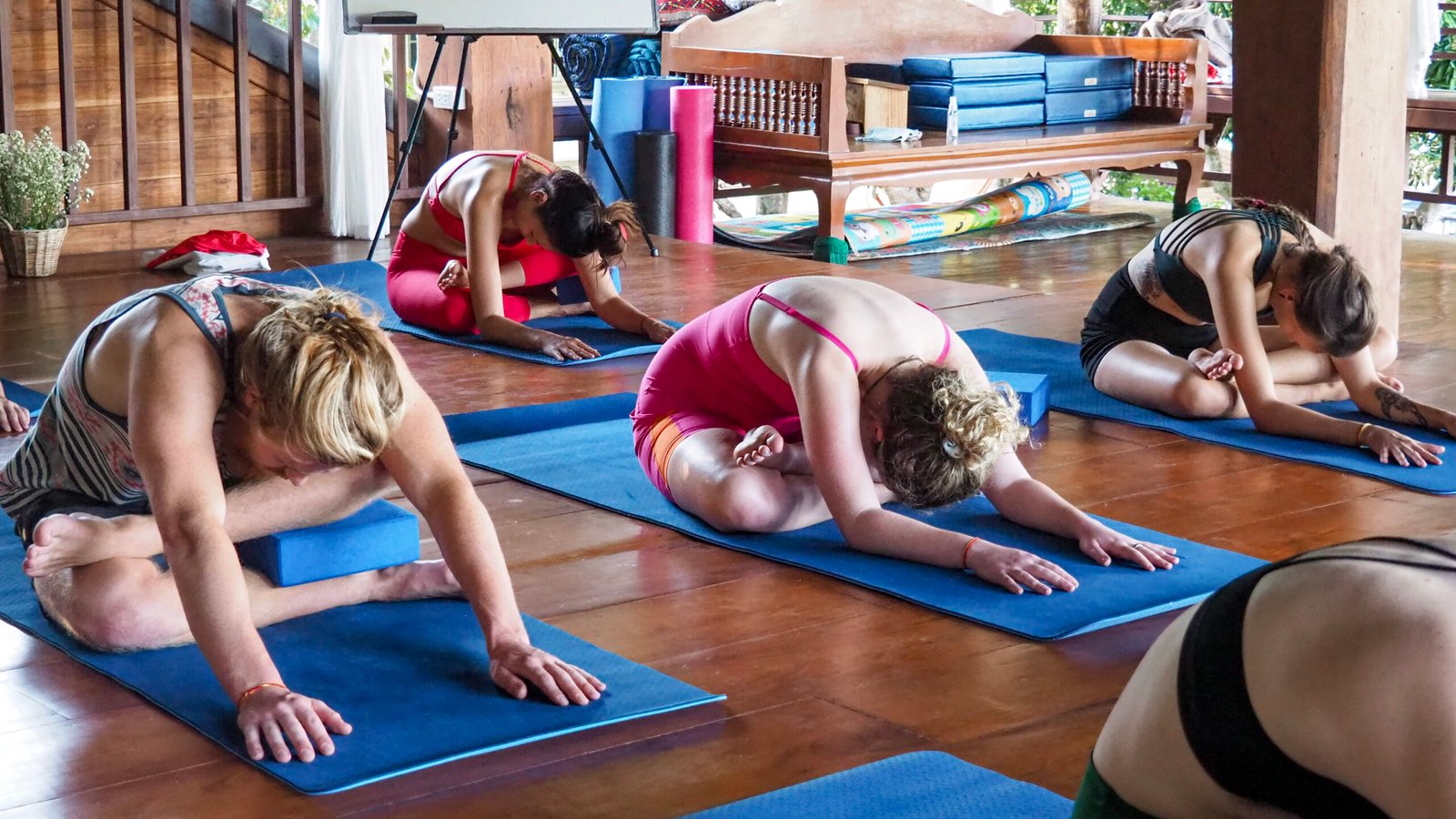Introduction to Pranayama Yoga
Pranayama yoga is the practice of breath control in order to improve your overall health and well-being. The word pranayama is derived from the Sanskrit words “prana”, meaning life force or energy, and “ayama”, meaning control or extension. Therefore, pranayama yoga can be literally translated as “extension of the life force”.
Pranayama yoga is an essential component of any holistic yoga practice. It helps to purify and cleanse the body, calms the mind, and balances the nervous system. It is also said to have numerous health benefits, including reducing stress and anxiety, improving digestion and circulation, and boosting immunity.
There are many different types of pranayama yoga techniques that you can explore. The most common and well-known technique is probably Ujjayi breath, which is also sometimes called “ocean breath” due to the sound it makes when you exhale. Other popular techniques include Alternate Nostril Breathing (Nadi Shodhana), Kapalabhati Breath (Skull Shining Breath), and Bhastrika Breath (Bellows Breath).
To practice pranayama yoga, find a comfortable seat on a mat or blanket on the floor. You can also sit in a chair with your feet planted firmly on the ground if that is more comfortable for you. Start by taking a few deep breaths in
Benefits of Pranayama Yoga
The benefits of pranayama yoga are vast and varied. Perhaps the most well-known benefit is the ability to control and regulate the breath, which leads to a calmer mind and improved overall health. Other benefits include increased energy levels, improved circulation, reduced stress and anxiety, and improved digestion.
Breathing Techniques
There are many different breathing techniques that can be used in pranayama yoga, and each has its own unique benefits. Here are some of the most popular breathing techniques that can help to transform your practice:
1. Ujjayi Breath: This breathing technique is often used during asana practice, as it helps to focus and calm the mind. It is also said to increase oxygenation of the blood and help to cleanse the lungs.
2. Nadi Shodhana: Also known as alternate nostril breathing, this technique is said to balances the right and left hemispheres of the brain, promoting relaxation and mental clarity.
3. Bhastrika Breath: This powerful breath is said to increase energy levels and improve circulation. It is often used as a warm-up for other pranayama techniques or as a standalone practice.
4. Kapalabhati Breath: Often referred to as “skull shining breath”, this technique is said to cleanse the respiratory system and energize the body. It is typically practiced for short periods of time due to its intensity.
5. Anuloma Viloma: Also known as “nose cleansing breath”, this technique helps to purify the nadis (energy channels) and improve respiratory function.
Types of Pranayama Yoga
Pranayama yoga, also known as breath work or simply breathing exercises, is a powerful tool that can transform your yoga practice. While there are many different types of pranayama yoga, all of them share the common goal of using the breath to improve your overall health and well-being.
One of the most popular types of pranayama yoga is Anuloma Viloma, also known as Alternate Nostril Breathing. This technique involves alternately blocking and unblocking each nostril while you breathe in and out. Anuloma Viloma is said to help balance the left and right hemispheres of the brain, promoting mental clarity and focus.
Another type of pranayama yoga that is gaining popularity is Ujjayi Breath, also known as Ocean Breath. This breathing technique is often used in Ashtanga and Vinyasa Flow classes to help link the movements with the breath. Ujjayi Breath is said to help calm the mind and body, as well as increase stamina and concentration.
Kapalabhati Breath, also known as Skull Shining Breath, is another popular type of pranayama yoga. This breathing technique involves forceful exhales followed by passive inhales. Kapalabhati Breath is said to be helpful for detoxifying the lungs and stimulating circulation. It can also be used as a means to calm the mind during meditation.
How to Incorporate Pranayama into Your Practice
Pranayama is an important aspect of yoga that is often overlooked. It is the practice of controlling the breath, and has many benefits for both the body and mind. When practiced regularly, pranayama can help to improve respiratory function, increase energy levels, and reduce stress and anxiety. It can also help to improve focus and concentration.
There are many different ways to incorporate pranayama into your practice. One way is to simply focus on your breath during your yoga practice. As you inhale and exhale, pay attention to the movement of your breath in your body. Another way to practice pranayama is to add specific breathing exercises into your yoga routine. There are a number of different breathing exercises that can be done, so it is best to consult with a qualified yoga instructor to find the ones that are right for you.
If you are new to pranayama, it is best to start slowly and gradually increase the length and depth of your breaths as you become more comfortable with the practice. Remember to listen to your body and stop if you feel any discomfort. With regular practice, you will likely find that pranayama enhances both your physical and mental well-being.
Tips for Practicing Pranayama
When it comes to practicing pranayama yoga, there are a few things to keep in mind in order to get the most out of your practice. First and foremost, be sure to find a comfortable seat. This can be on the floor with your legs crossed, or in a chair with your feet flat on the ground. Next, close your eyes and begin to focus on your breath. inhale deeply through your nose, filling up your lungs completely. Then, exhale slowly through your mouth. As you breathe, pay attention to the sensations in your body and let go of any thoughts that may arise. After a few minutes of this, you can begin to experiment with different breathing techniques. For example, you can try inhaling for a count of four and then exhaling for a count of eight. Or you can try inhaling deeply and then holding your breath for a moment before exhaling fully. There are many different ways to breathe during pranayama yoga, so explore what feels best for you. Remember that the goal is to focus on your breath and not get caught up in thinking about anything else. With regular practice, you will likely find that pranayama yoga becomes easier and more enjoyable over time.
Conclusion
Pranayama yoga is a powerful practice that can help to transform your physical, mental, and spiritual wellbeing. Through developing awareness of the breath and practicing various pranayama techniques, you can access deep states of relaxation and expand your capacity for self-care. Whether you are new to yoga or an experienced practitioner, incorporating some form of pranayama breathing into your practice can be beneficial in many ways. Try exploring these techniques today; they may just surprise you with their power!









